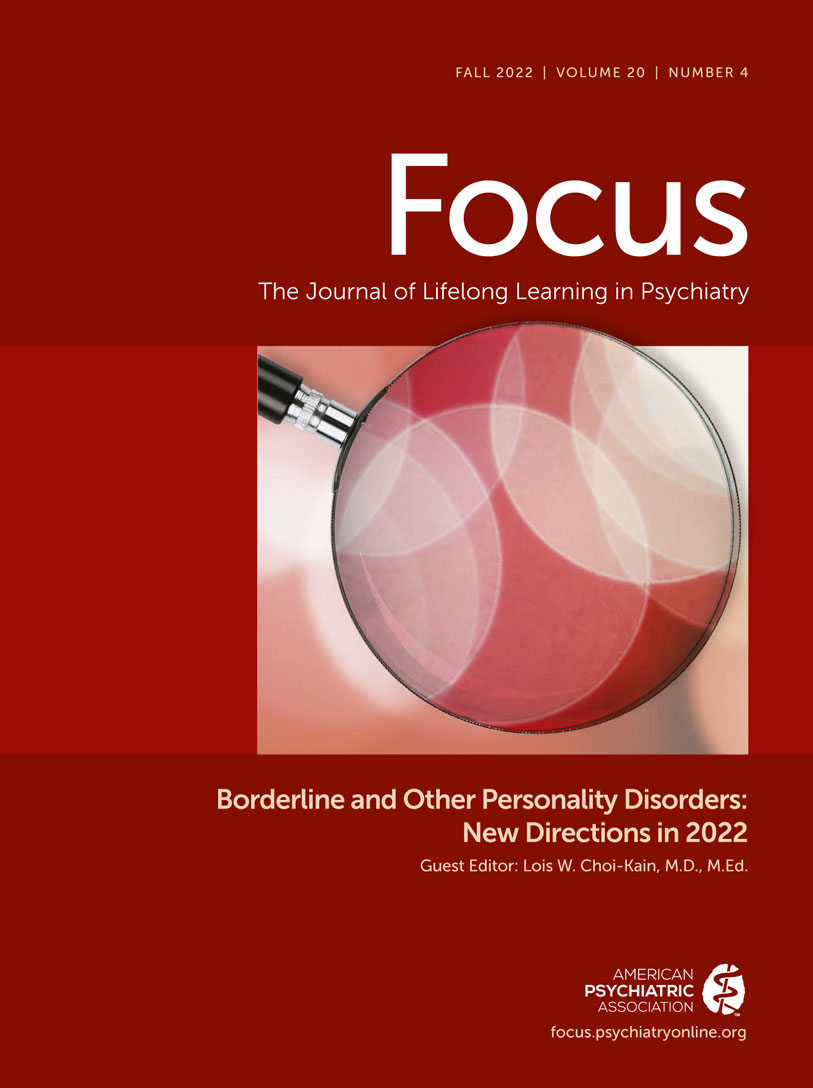Abstract
Narcissistic personality disorder (NPD) is a commonly encountered diagnosis, affecting approximately 1%–6% of the population, with no evidence-based treatments. Recent scholarship has focused on self-esteem dysregulation as a key component of NPD: Excessively high expectations for oneself and how one should be treated leads to brittle self-esteem and maladaptive reactions to self-esteem threats. The current article builds on this formulation, introducing a cognitive-behavioral model of narcissistic self-esteem dysregulation that clinicians can use in providing a relatable model of change for their patients. Specifically, symptoms of NPD can be seen as a set of cognitive and behavioral habits that serve to regulate difficult emotions emerging from maladaptive beliefs and interpretations of self-esteem threats. This perspective renders narcissistic dysregulation amenable to cognitive-behavioral therapy (CBT) in which patients learn skills that help them gain awareness around these habitual reactions, reshape cognitive distortions, and engage in behavioral experiments that serve to transform maladaptive belief systems that consequently free them from symptomatic reactions. Here, we provide a precis of this formulation and examples of how CBT skills can be used to treat narcissistic dysregulation. We also discuss future research that could provide empirical support for the model and test the efficacy of CBT approaches to NPD. Conclusions focus on the notion that narcissistic self-esteem dysregulation likely varies continuously in the population and transdiagnostically across disorders. Greater insight into the cognitive-behavioral mechanisms of self-esteem dysregulation could foster tools for ameliorating distress both in people with NPD and the general populace.



